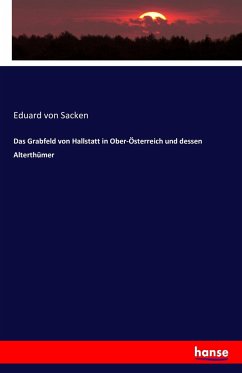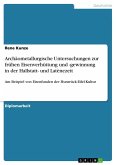The Hallstatt culture was the predominant Central European culture from the 8th to 6th centuries BC (European Early Iron Age), developing out of the Urnfield culture of the 12th century BC (Late Bronze Age) and followed in much of Central Europe by the La Tène culture. By the 6th century BC, the Halstatt culture extended for some 1000 km, from the Champagne-Ardenne in the west, through the Upper Rhine and the upper Danube, as far as the Vienna Basin and the Danubian Lowland in the east, from the Main, Bohemia and the Little Carpathians in the north, to the Swiss plateau, the Salzkammergut and to Lower Styria. It is named for its type site, Hallstatt, a lakeside village in the Austrian Salzkammergut southeast of Salzburg. The culture is commonly linked to Proto-Celtic and Celtic populations in its western zone and with (pre-)Illyrians in its eastern zone.
Bitte wählen Sie Ihr Anliegen aus.
Rechnungen
Retourenschein anfordern
Bestellstatus
Storno








